
Previously:
v4.5. The v4.6 Linux kernel release included a bunch of stuff, with much more of it under the KSPP umbrella.
seccomp support for parisc
Helge Deller added
seccomp support for parisc, which including plumbing support for PTRACE_GETREGSET to get the self-tests working.
x86 32-bit mmap ASLR vs unlimited stack fixed
Hector Marco-Gisbert
removed a long-standing limitation to mmap ASLR on 32-bit x86, where setting an unlimited stack (e.g.
ulimit -s unlimited ) would turn off mmap ASLR (which provided a way to bypass ASLR when executing setuid processes). Given that ASLR entropy can now be controlled directly (see the
v4.5 post), and that the cases where this created an actual problem are very rare, means that if a system sees collisions between unlimited stack and mmap ASLR, they can just adjust the 32-bit ASLR entropy instead.
x86 execute-only memory
Dave Hansen added
Protection Key support for future x86 CPUs and, as part of this, implemented support for
execute only memory in user-space. On pkeys-supporting CPUs, using
mmap(..., PROT_EXEC) (i.e. without
PROT_READ) will mean that the memory can be executed but cannot be read (or written). This provides some mitigation against automated ROP gadget finding where an executable is read out of memory to find places that can be used to build a malicious execution path. Using this will require changing some linker behavior (to avoid putting data in executable areas), but seems to otherwise Just Work. I m looking forward to either emulated QEmu support or access to one of these fancy CPUs.
CONFIG_DEBUG_RODATA enabled by default on arm and arm64, and mandatory on x86
Ard Biesheuvel (
arm64) and I (
arm) made the poorly-named CONFIG_DEBUG_RODATA enabled by default. This feature controls whether the kernel enforces proper memory protections on its own memory regions (code memory is executable and read-only, read-only data is actually read-only and non-executable, and writable data is non-executable). This protection is a fundamental security primitive for kernel self-protection, so making it on-by-default is required to start any kind of attack surface reduction within the kernel.
On x86 CONFIG_DEBUG_RODATA was already enabled by default, but, at Ingo Molnar s suggestion, I made it
mandatory: CONFIG_DEBUG_RODATA cannot be turned off on x86. I expect we ll get there with arm and arm64 too, but the protection is still somewhat new on these architectures, so it s reasonable to continue to leave an out for developers that find themselves tripping over it.
arm64 KASLR text base offset
Ard Biesheuvel reworked a ton of arm64 infrastructure to support kernel relocation and, building on that, Kernel Address Space Layout Randomization of the
kernel text base offset (and module base offset). As with x86 text base KASLR, this is a probabilistic defense that raises the bar for kernel attacks where finding the KASLR offset must be added to the chain of exploits used for a successful attack. One big difference from x86 is that the entropy for the KASLR must come either from Device Tree (in the
/chosen/kaslr-seed property) or from UEFI (via
EFI_RNG_PROTOCOL), so if you re building arm64 devices, make sure you have a strong source of early-boot entropy that you can expose through your boot-firmware or boot-loader.
zero-poison after free
Laura Abbott reworked a bunch of the kernel memory management debugging code to add
zeroing of freed memory, similar to PaX/Grsecurity s
PAX_MEMORY_SANITIZE feature. This feature means that memory is cleared at free, wiping any sensitive data so it doesn t have an opportunity to leak in various ways (e.g. accidentally uninitialized structures or padding), and that certain types of use-after-free flaws cannot be exploited since the memory has been wiped. To take things even a step further, the poisoning can be verified at allocation time to make sure that nothing wrote to it between free and allocation (called sanity checking ), which can catch another small subset of flaws.
To understand the pieces of this, it s worth describing that the kernel s higher level allocator, the page allocator (e.g.
__get_free_pages()) is used by the finer-grained slab allocator (e.g.
kmem_cache_alloc(),
kmalloc()). Poisoning is handled separately in both allocators. The zero-poisoning happens at the page allocator level. Since the slab allocators tend to do their own allocation/freeing, their poisoning happens separately (since on slab free nothing has been freed up to the page allocator).
Only limited performance tuning has been done, so the penalty is rather high at the moment, at
about 9% when doing a kernel build workload. Future work will include some exclusion of frequently-freed caches (similar to PAX_MEMORY_SANITIZE), and making the options entirely CONFIG controlled (right now both CONFIGs are needed to build in the code, and a kernel command line is needed to activate it). Performing the sanity checking (mentioned above) adds another roughly 3% penalty. In the general case (and once the performance of the poisoning is improved), the security value of the sanity checking isn t worth the performance trade-off.
Tests for the features can be found in lkdtm as
READ_AFTER_FREE and
READ_BUDDY_AFTER_FREE. If you re feeling especially paranoid and have enabled sanity-checking,
WRITE_AFTER_FREE and
WRITE_BUDDY_AFTER_FREE can test these as well.
To perform zero-poisoning of page allocations and (currently non-zero) poisoning of slab allocations, build with:
CONFIG_DEBUG_PAGEALLOC=n
CONFIG_PAGE_POISONING=y
CONFIG_PAGE_POISONING_NO_SANITY=y
CONFIG_PAGE_POISONING_ZERO=y
CONFIG_SLUB_DEBUG=y
and enable the page allocator poisoning and slab allocator poisoning at boot with this on the kernel command line:
page_poison=on slub_debug=P
To add sanity-checking, change
PAGE_POISONING_NO_SANITY=n, and add
F to
slub_debug as
slub_debug=PF .
read-only after init
I added the
infrastructure to support making certain kernel memory read-only after kernel initialization (inspired by a small part of PaX/Grsecurity s KERNEXEC functionality). The goal is to continue to reduce the attack surface within the kernel by making even more of the memory, especially function pointer tables, read-only (which depends on
CONFIG_DEBUG_RODATA above).
Function pointer tables (and similar structures) are frequently targeted by attackers when redirecting execution. While many are already declared
const in the kernel source code, making them read-only (and therefore unavailable to attackers) for their entire lifetime, there is a class of variables that get initialized during kernel (and module) start-up (i.e. written to during functions that are marked
__init ) and then never (intentionally) written to again. Some examples are things like the VDSO, vector tables, arch-specific callbacks, etc.
As it turns out, most architectures with kernel memory protection already delay making their data read-only until after
__init (see
mark_rodata_ro()), so it s trivial to declare a new data section (
.data..ro_after_init ) and add it to the existing read-only data section (
.rodata ). Kernel structures can be annotated with the new section (via the
__ro_after_init macro), and they ll become read-only once boot has finished.
The next step for attack surface reduction infrastructure will be to create a kernel memory region that is passively read-only, but can be made temporarily writable (by a single un-preemptable CPU), for storing sensitive structures that are written to only very rarely. Once this is done, much more of the kernel s attack surface can be made read-only for the majority of its lifetime.
As people identify places where
__ro_after_init can be used, we can grow the protection. A good place to start is to look through the
PaX/Grsecurity patch to find uses of
__read_only on variables that are only written to during
__init functions. The rest are places that will need the temporarily-writable infrastructure (PaX/Grsecurity uses
pax_open_kernel()/
pax_close_kernel() for these).
That s it for v4.6, next up will be
v4.7!
2016, Kees Cook. This work is licensed under a Creative Commons Attribution-ShareAlike 3.0 License.

 DRM display resource leasing (kernel side)
So, you've got a fine head-mounted display and want to explore the
delights of virtual reality. Right now, on Linux, that means getting
the window system to cooperate because the window system is the DRM
master and holds sole access to all display resources. So, you
plug in your device, play with RandR to get it displaying bits from
the window system and then carefully configure your VR application to
use the whole monitor area and hope that the desktop will actually
grant you the boon of page flipping so that you will get reasonable
performance and maybe not even experience tearing. Results so far have
been mixed, and depend on a lot of pieces working in ways that aren't
exactly how they were designed to work.
We could just hack up the window system(s) and try to let applications
reserve the HMD monitors and somehow removing them from the normal
display area so that other applications don't randomly pop up in the
middle of the screen. That would probably work, and would take
advantage of much of the existing window system infrastructure for
setting video modes and performing page flips. However, we've got a
pretty spiffy standard API in the kernel for both of those, and
getting the window system entirely out of the way seems like something
worth trying.
I spent a few hours in Hobart chatting with Dave Airlie during LCA and
discussed how this might actually work.
Goals
DRM display resource leasing (kernel side)
So, you've got a fine head-mounted display and want to explore the
delights of virtual reality. Right now, on Linux, that means getting
the window system to cooperate because the window system is the DRM
master and holds sole access to all display resources. So, you
plug in your device, play with RandR to get it displaying bits from
the window system and then carefully configure your VR application to
use the whole monitor area and hope that the desktop will actually
grant you the boon of page flipping so that you will get reasonable
performance and maybe not even experience tearing. Results so far have
been mixed, and depend on a lot of pieces working in ways that aren't
exactly how they were designed to work.
We could just hack up the window system(s) and try to let applications
reserve the HMD monitors and somehow removing them from the normal
display area so that other applications don't randomly pop up in the
middle of the screen. That would probably work, and would take
advantage of much of the existing window system infrastructure for
setting video modes and performing page flips. However, we've got a
pretty spiffy standard API in the kernel for both of those, and
getting the window system entirely out of the way seems like something
worth trying.
I spent a few hours in Hobart chatting with Dave Airlie during LCA and
discussed how this might actually work.
Goals
 Back in 2010, inspired by
Back in 2010, inspired by  Previously:
Previously: 
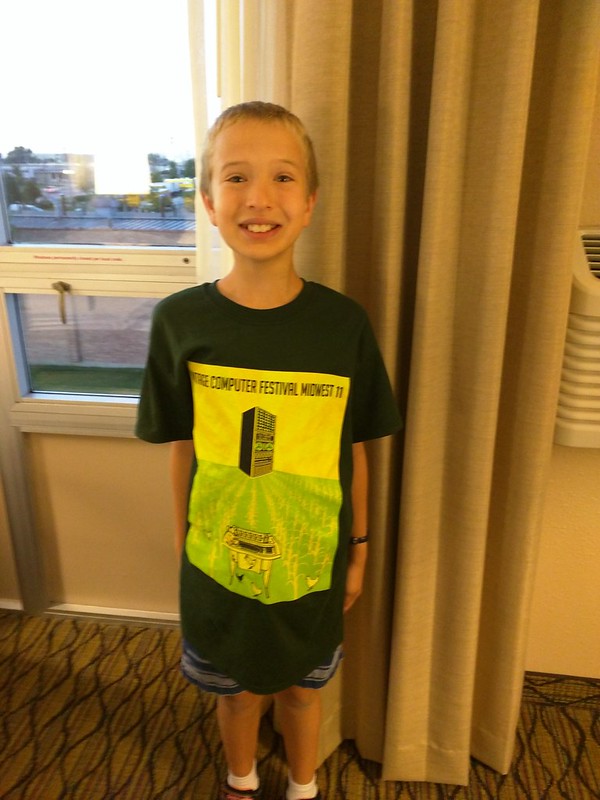



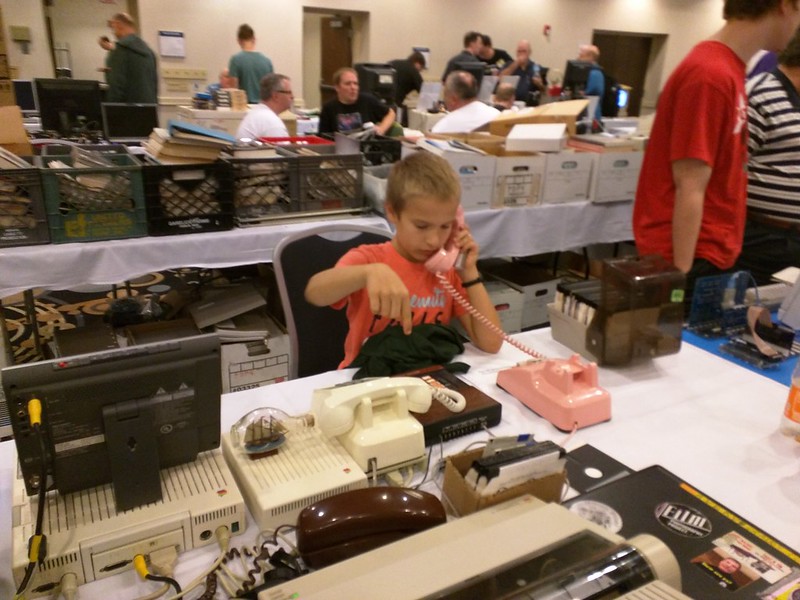
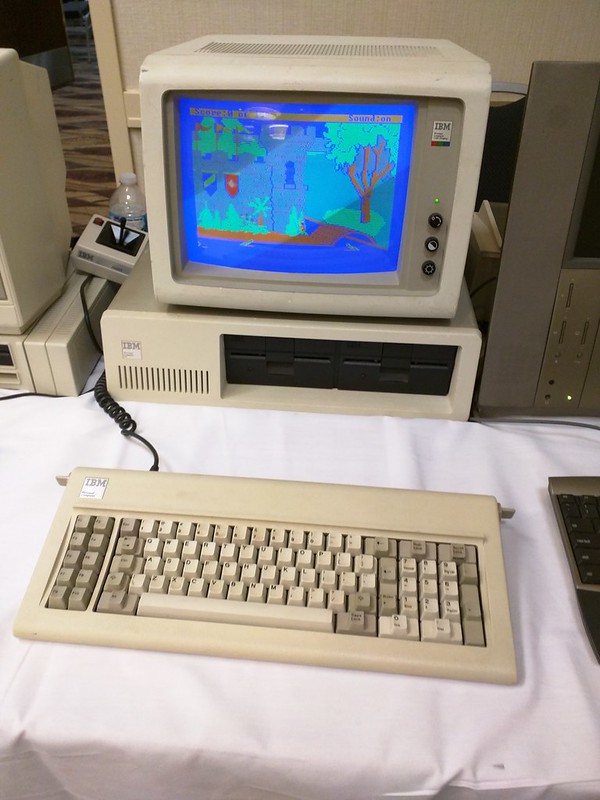
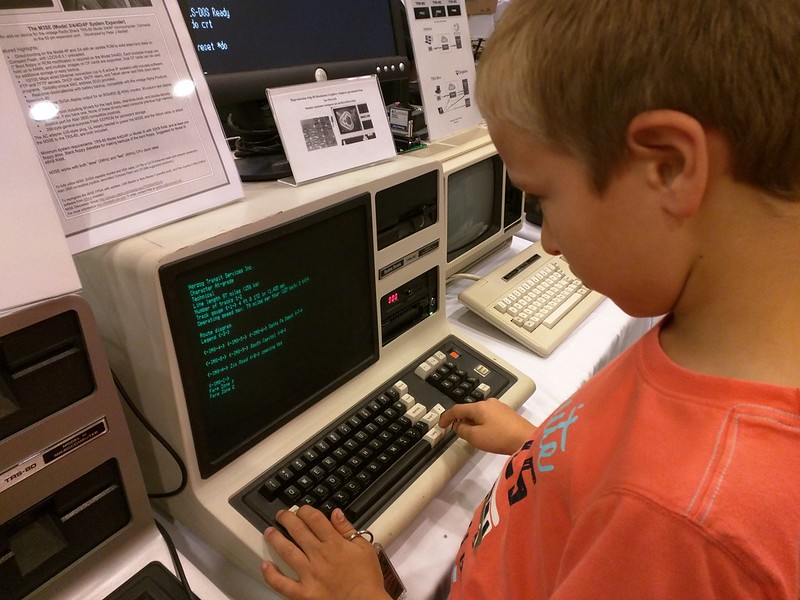


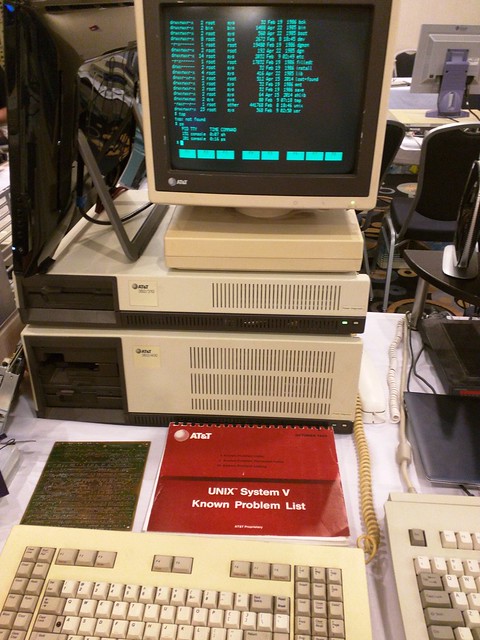


 TL;DR: I put a $5
TL;DR: I put a $5 ![[picture: a Raspberry Pi Zero embedded within an Active Star 40]](https://blind.guru/images/as40-rpi.jpg)
![[picture: a braille display with a keyboard on top and a Raspberry Pi Zero inside]](https://blind.guru/images/as40-kbd.jpg)
![[picture: a plain Active Star 40]](https://blind.guru/images/as40-plain.jpg) You can still pull out the little platform to increase the space
that can be used to put something on top.
You can still pull out the little platform to increase the space
that can be used to put something on top.
![[picture: an Active Star 40 with extended platform and a laptop on top]](https://blind.guru/images/as40-laptop.jpg) But, most conveniently,
they've designed in an empty compartment, roughly the size of a modern
smartphone, beneath the platform. The original idea was to actually
put a smartphone inside, but this has turned out (at least to me)
to not be very feasible. Fortunately, they thought about the
need for electricity and added a Micro USB cable terminating within the
newly created, empty compartment.
My first idea was to put a conventional Raspberry Pi inside.
When I received the braille display, however, we immediately
noticed that a standard-sized rpi is roughly 3mm too high
to fit into the empty compartment.
Fortunately, though, a co-worker noticed that the
But, most conveniently,
they've designed in an empty compartment, roughly the size of a modern
smartphone, beneath the platform. The original idea was to actually
put a smartphone inside, but this has turned out (at least to me)
to not be very feasible. Fortunately, they thought about the
need for electricity and added a Micro USB cable terminating within the
newly created, empty compartment.
My first idea was to put a conventional Raspberry Pi inside.
When I received the braille display, however, we immediately
noticed that a standard-sized rpi is roughly 3mm too high
to fit into the empty compartment.
Fortunately, though, a co-worker noticed that the 

 First I tried to find a sensible Debian package to record the
battery status, assuming that this must be a problem already handled
by someone else. I found
First I tried to find a sensible Debian package to record the
battery status, assuming that this must be a problem already handled
by someone else. I found
 I had the wonderful privilege to go camping and hiking with my kids scouting group, the Pathfinders of Tantallon SDA church. The day started with a quick trip to Pugwash with one of the leaders to bring back some chairs to their school, and then we headed back out to Blomidon to meet up with the group. Click the photo below to start the slideshow.
I had the wonderful privilege to go camping and hiking with my kids scouting group, the Pathfinders of Tantallon SDA church. The day started with a quick trip to Pugwash with one of the leaders to bring back some chairs to their school, and then we headed back out to Blomidon to meet up with the group. Click the photo below to start the slideshow.
